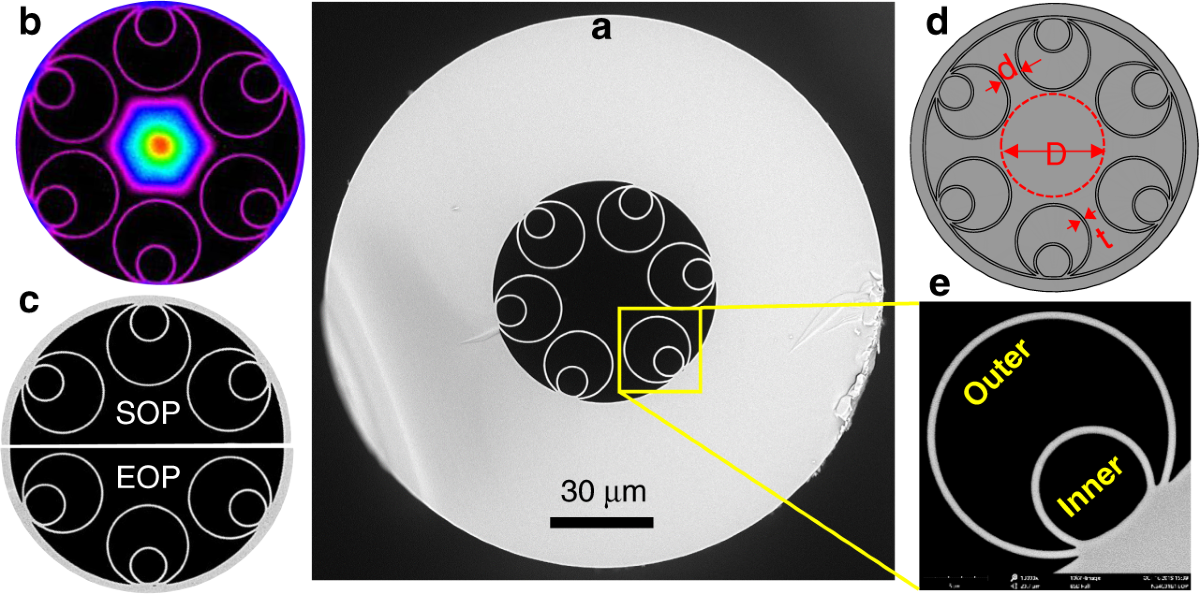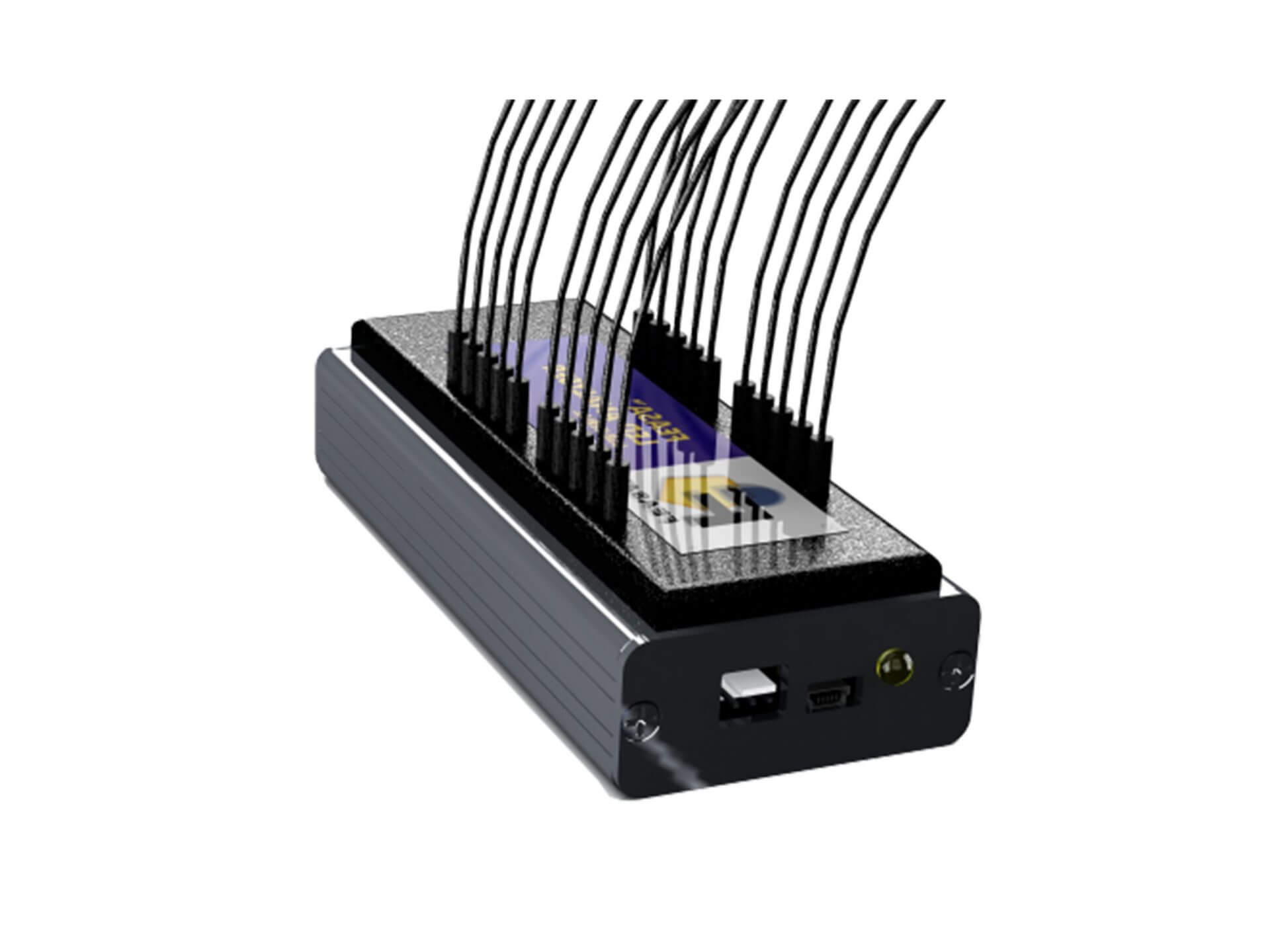Discover the Importance of an Optical Fibre Diameter Analyser for Precision Measurements
The accuracy of optical Fibre dimensions is critical in the telecom field, where even the tiniest deviation in Diameter can bring about substantial signal destruction. An optical Fibre Diameter analyser offers as a crucial tool to guarantee these measurements are constant and precise, consequently boosting general system efficiency. Past the instant benefits in high quality and dependability, the effects of these measurements extend to governing compliance and the innovation of innovation. As we take into consideration the advancing landscape of data, the function of these analysers fit future criteria becomes significantly pertinent. What exists in advance in this crucial field?
Comprehending Optical Fibre Diameter
Understanding the Diameter of optical fibers is vital for making certain optimum performance in data and telecoms transmission applications. Optical fibres usually come in 2 major classifications: single-mode and multi-mode, each with distinctive Diameter specs.
The precision of Diameter dimensions is necessary, as also minute variations can cause substantial inconsistencies in performance. Factors such as making tolerances and ecological influences can affect the Diameter, requiring consistent and exact dimension techniques. Standardization in Diameter requirements makes sure compatibility in between various Fibre kinds and connectors, minimizing the danger of system failures. As telecoms innovation remains to evolve, the need for trustworthy optical Fibre Diameter analysis becomes significantly vital, underscoring the value of utilizing sophisticated measurement tools and approaches to preserve high-grade interaction networks.
Benefits of Accurate Measurements
Accurate dimensions of optical Fibre Diameter are critical for optimizing network efficiency and integrity. The stability of optical signals is directly affected by the uniformity and accuracy of Fibre sizes, as discrepancies can result in enhanced depletion and signal destruction. By making sure that the Diameter of optical fibers is continually determined within specified resistances, drivers can minimize losses and boost general transmission quality.
In addition, precise Diameter evaluations add to reliable Fibre splicing and connectorization. Dissimilar diameters can cause bad coupling performance, resulting in raised insertion losses. This precision is particularly critical in high-speed networks, where also small inconsistencies can have significant influences on data transmission prices.
In addition, keeping strict requirements for optical Fibre measurements help in compliance with sector regulations, making certain that products satisfy called for specs. optical fibre diameter analyser. This not just reinforces customer confidence however additionally improves the online reputation of producers and solution providers in the competitive telecom landscape
Ultimately, the benefits of precise dimensions extend beyond prompt efficiency gains; they cultivate long-term dependability and durability of network facilities, leading the way for future improvements in optical interaction technology.
Applications in Telecommunications
The applications of optical Fibre Diameter analysers in telecommunications are vital for making certain optimum network efficiency and performance. optical fibre diameter analyser. These analysers play an essential function in the production, setup, and maintenance of optical Fibre cables, where accurate measurements of Fibre Diameter significantly affect the overall efficiency of communication systems
In telecommunications, maintaining uniformity in Fibre Diameter is vital for minimizing signal loss and taking full advantage of transmission high quality. Variations in Diameter can bring about raised depletion like this and minimized data transfer, impacting data transmission rates. Optical Fibre Diameter analysers enable technicians to monitor and regulate these dimensions throughout the manufacturing process, making certain that the fibers satisfy stringent requirements.
In addition, during installation and upkeep, these gadgets assist in validating that the set up fibres comply with the needed standards, hence stopping possible failures in interaction infrastructure. By using optical Fibre Diameter analysers, telecoms business can boost their solution reliability and client fulfillment.

Top Quality Control Standards
In the realm of optical Fibre manufacturing, adherence to quality assurance requirements is paramount for guaranteeing the dependability and efficiency of interaction systems. The accuracy in optical Fibre Diameter is vital, as variants can dramatically impact signal integrity and overall system effectiveness. As a result, suppliers must carry out rigid quality assurance measures throughout the production process.

Moreover, normal calibration of dimension instruments is essential for maintaining accuracy and uniformity in quality assurance procedures. By adhering to recognized quality assurance criteria, suppliers not just improve the performance of their optical fibers yet also ensure customer fulfillment and trust. This dedication to top quality reinforces the competitive edge in a quickly progressing telecommunications market, where integrity and performance are non-negotiable. Ultimately, durable quality assurance methods are indispensable to the success of optical Fibre production and the improvement of interaction technologies.
Future Patterns in Measurement Technology
As the demand for high-performance optical fibres intensifies, accuracy measurement tools will certainly end up being increasingly crucial. By incorporating real-time data and innovative sensing units analytics, manufacturers will certainly be able to keep an eye on Fibre Diameter variations with unprecedented accuracy.
Furthermore, the incorporation of non-contact dimension methods, such as laser triangulation and optical comprehensibility tomography, will certainly decrease the danger of contamination and physical damage to optical fibres during evaluation. These innovations guarantee to enhance high quality control processes, making sure that just one of the most dependable items reach the market.
Sustainability will certainly additionally play a critical duty in future measurement technology. Energy-efficient systems and recyclable products will be prioritized, aligning with international ecological requirements. In addition, the fostering of Sector 4.0 principles will help with seamless assimilation of dimension modern technology within wise manufacturing environments, enabling continual improvement and quick technology.
Verdict
In final thought, the optical Fibre Diameter analyser acts as a critical instrument for making sure accuracy in telecommunications. Accurate measurements directly enhance signal toughness and transmission quality, thereby lowering signal loss. These analysers not just support top quality control standards but also foster customer confidence in optical Fibre modern technologies. As the digital landscape remains to progress, improvements in measurement technology will even more strengthen the significance of these analysers in preserving optimal performance and dependability within the telecommunications industry.
The precision of optical Fibre measurements is paramount in the telecommunications sector, where even the least deviation in Diameter can lead to considerable signal deterioration. An optical Fibre Diameter analyser serves as an essential device to guarantee these measurements are exact and constant, therefore enhancing overall system efficiency. As telecoms technology continues to develop, the demand for dependable optical Fibre Diameter evaluation comes to be increasingly extremely important, go to my site underscoring the importance of employing sophisticated measurement tools and methodologies to keep high-quality communication networks.
Accurate measurements of optical Fibre Diameter are pivotal for maximizing network performance and dependability. Optical Fibre Diameter analysers enable service technicians to monitor and manage these measurements throughout the production procedure, guaranteeing that the fibres meet rigid specs.